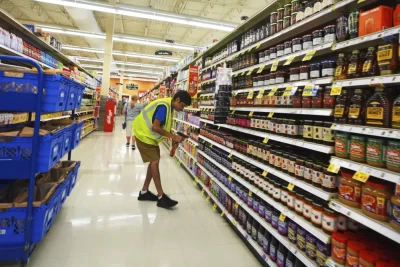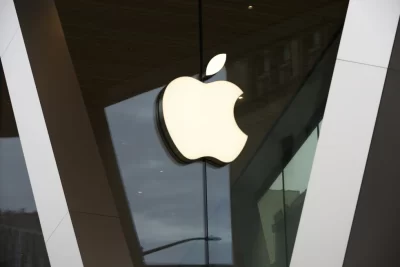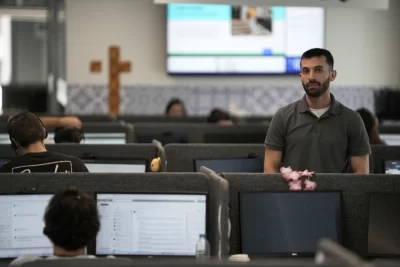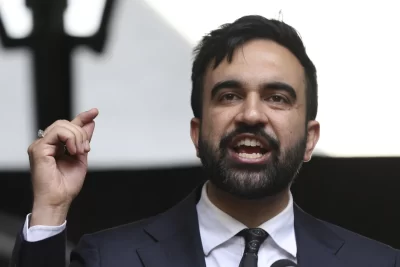
WASHINGTON — Last year, it was a nasty surprise. And it wasn’t supposed to last. But now, inflation has become an ongoing financial strain for millions of Americans filling up at the gas station, lined up at a grocery checkout lane, shopping for clothes, bargaining for a car or paying monthly rent.
For the 12 months ending in January, inflation amounted to 7.5% — the fastest year-over-year pace since 1982 — the Labor Department said Thursday. Even if you toss out volatile food and energy prices, so-called core inflation jumped 6% over the past year. That was also the sharpest such jump in four decades.
Consumers felt the price squeeze in everyday routines. Over the past year, prices rose 41% for used cars and trucks, 40% for gasoline, 18% for bacon, 14% for bedroom furniture, 11% for women’s dresses.
The Federal Reserve didn’t anticipate an inflation wave this severe or this persistent. In December 2020, the Fed’s policymakers had forecast that consumer inflation would stay below their 2% annual target and end 2021 at around 1.8%.
But after having been an economic afterthought for decades, high inflation reasserted itself last year with brutal speed. In February 2021, the government’s consumer price index was running just 1.7% ahead of its level a year earlier. From there, the year-over-year price increases accelerated steadily — 2.7% in March, 4.2% in April, 4.9% in May, 5.3% in June.







